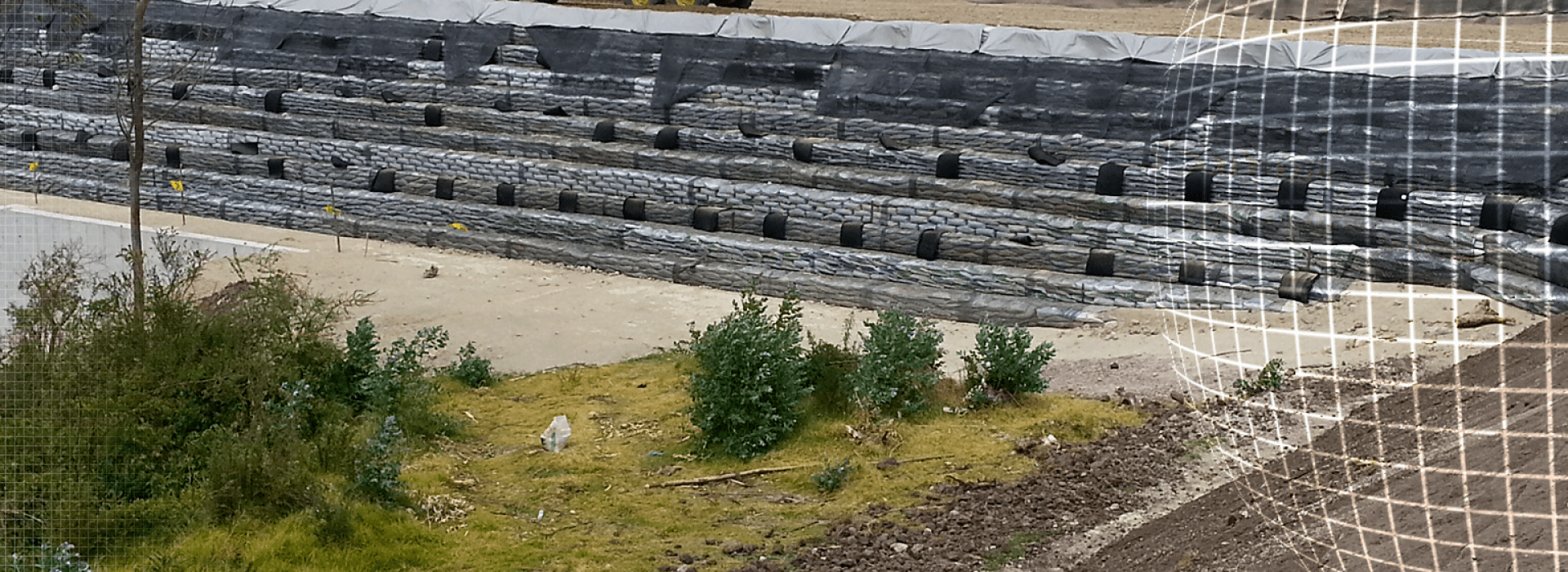Conditions for implementing a solution with walls in reinforced soil

Whenever the topography of the land requires that fills be made to form areas on which roads, buildings, parking lots or any type of infrastructure are built, the implementation of walls in soil reinforced with geosynthetics is viable.
However, for the conditions and application of this technology to be adequate, a series of parameters and analyzes must be followed for its construction:
Height
There are certain analyzes that support the construction of walls in reinforced soil at low heights, instead of implementing traditional solutions such as concrete walls. Similarly, at heights greater than 5 meters, this technology becomes a more cost-efficient option. (Read: Retaining walls in reinforced soil vs. Concrete walls).
This is because it is possible to reuse, as fill, the soil from the excavations or cuttings of the same project. Thus, compensation is generated and the transfer of material to the area is not necessary. However, a previous analysis of the soil must be carried out, to find out if it has the necessary characteristics to reuse it.
Types of soils
In Colombia, Ecuador and various areas of the continent, there are different types of soil; many of them with important contents of clay or fine plastics, in which rigorous analyzes must be carried out for the use of this type of material in the construction of walls in reinforced soil.
In the construction of these solutions, it is sought that the floor does not present deformations in its useful life. The characteristics of soil materials that influence their deformation are gradation and plasticity. Another fundamental aspect is the optimal density that is achieved during soil compaction. The better the soil material, the less deformation and better performance.
proper gradation
According to the standards, it is specified that the soils that can be used are those that have a continuous gradation; that is, that they have an adequate balance of each of their fractions, achieving a high degree of compaction and high shear resistance.
Plasticity
The plasticity index is important, since it determines the sensitivity of the soil to increases in moisture content; therefore, it is an indicator of long-term deformations.
In general, plasticity index values of less than six are recommended (6). If it is above, complementary measures must be taken to control increases in moisture content and avoid excessive deformations. In any case, it is good to do a soil study to determine the ideal conditions to use the soil.
Each of these three points mentioned must be supported by laboratory tests that confirm the quality and good specification of the materials. If you want to know the types and applications of structures in reinforced soil, in the following document you can find more information.
